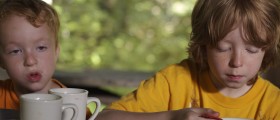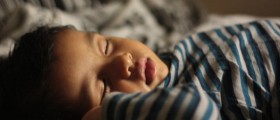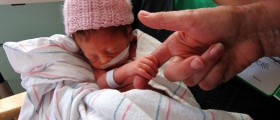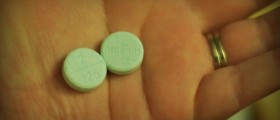
Although it can start at any age, epilepsy is the most common among the children younger than five. There is no general rule about severity of this illness in various age groups but it does seem that epilepsy seizures in children respond well to medication. Half of the children with epilepsy recover completely from it as they grow up, while in others the seizures will continue throughout the life.
Recognizing seizures
It is important to parents to learn what seizures are and how to recognize them, because in early childhood they may be mistaken for something else. Seizures in children can be short and mild, such as the so-called absence seizures, characterized by brief periods of reduced awareness and responsiveness.
In children, events that can be mistaken for seizures include sleep jerks, daydreaming, fainting, breath-holding spells, night terrors, migraine, psychological problems, as well as gastrointestinal and heart problems.
Febrile convulsions are not epilepsy seizures although in 1 to 3 percent of children they may be precursors of epilepsy. Febrile convulsions are associated with very high fever and they affect one out of every 25 children between six months and four years of age.
Epilepsy syndromes
If certain events have been confirmed as seizures, the next step is to identify their type and cause. Electroencephalography or EEG is usually done to determine the type of seizures and CT scans are useful if brain lesions are suspected.
If the seizures fit a pattern or a syndrome, it is easier for doctors to prescribe appropriate medication. Some of the epilepsy syndromes are childhood and juvenile absence epilepsy or petit mal epilepsy, benign rolandic epilepsy, with minor seizures that are always outgrown, juvenile myoclonic epilepsy, which starts in teenage years and is usually well controlled, infantile spasms or West syndrome, a serious form of seizures that may be associated with developmental difficulties, Lennox-Gastaut syndrome with drop attacks and convulsions, temporal lobe epilepsy and frontal lobe epilepsy, which can start at any age.
Treatment for epilepsy in children
As it is explained above, there are many different epilepsy syndromes. Some of them are easily managed and some go away on their own as the child gets older. Others are more serious and require more specific approach, which, in some cases, may involve surgery.
The type of medication used for epilepsy depends on the type of epilepsy the child suffers from, on whether there is a risk of future seizures, the child’s age, presence or absece of developmental and behavioral problems, as well as on the attitude of the child and his or her parents or caregivers.















-In-Infants-And-Older-Children_f_280x120.jpg)

Your thoughts on this
Loading...